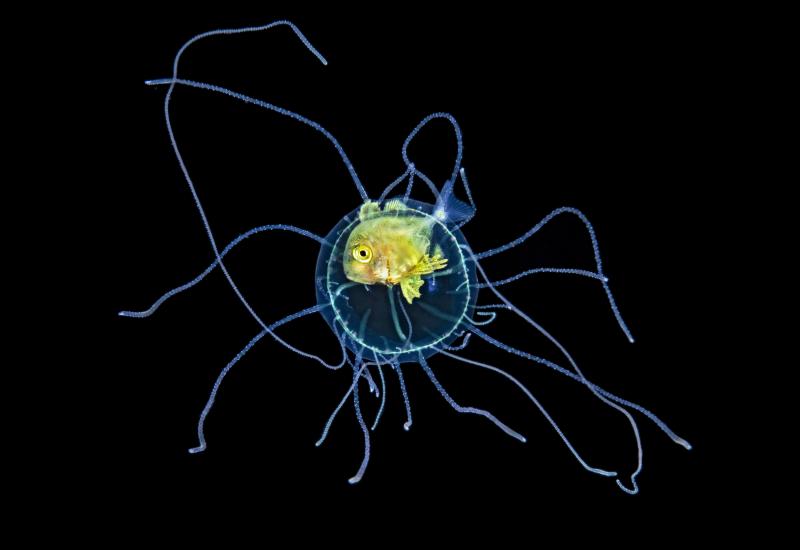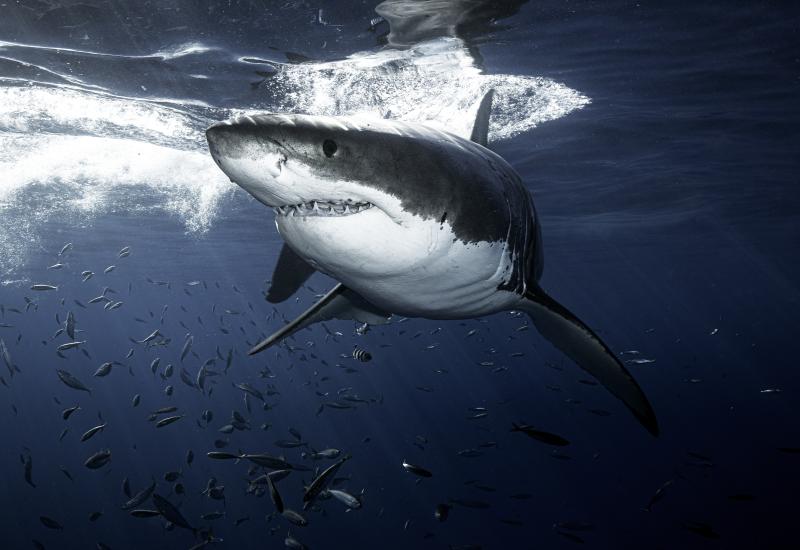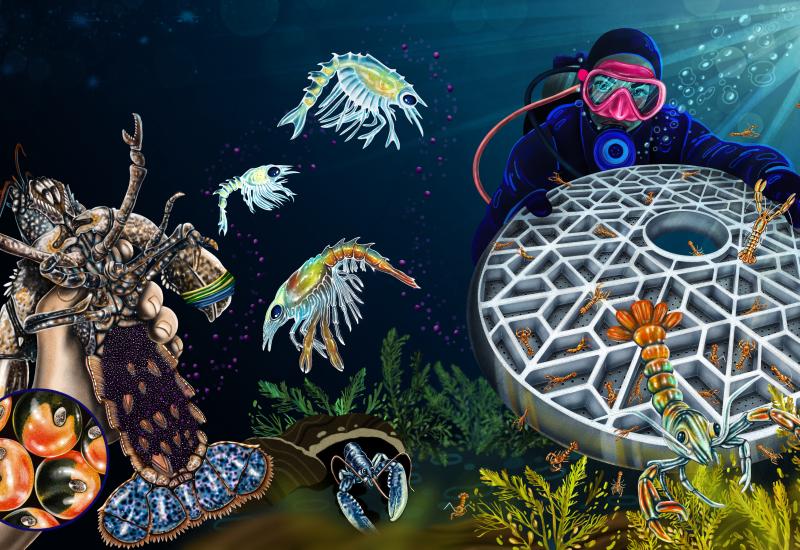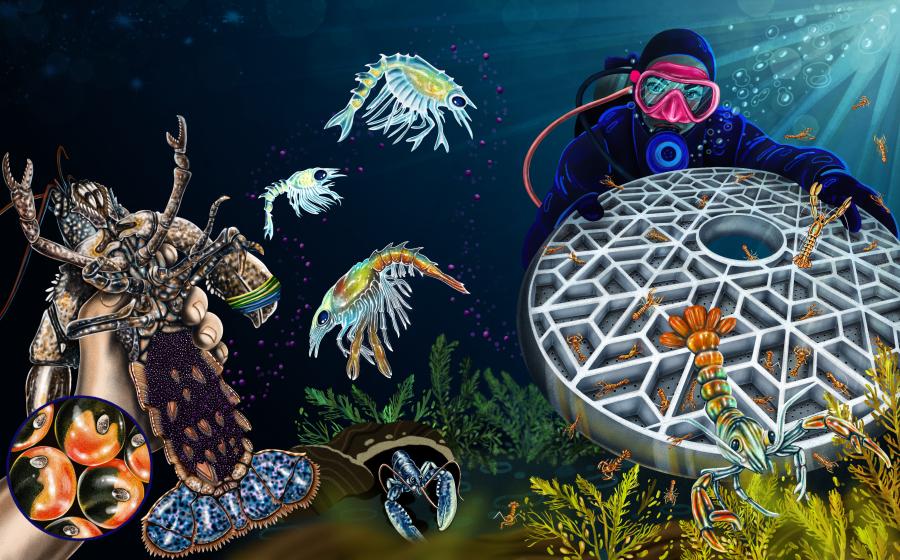Divers Guide to Marine Life: Great White Shark (Carcharodon Carcharias)

Great white shark (Carcharodon carcharias)
•Conservation status: IUCN Red Listed as ‘Vulnerable’; listed on CITES (Convention on International Trade in Endangered Species) Appendix II, restricting the international trade of this species.
•In Australia and New Zealand they are often referred to as “white pointers.”
•Great white sharks can be identified by their large size, distinct coloration – dark on top with a white belly, large triangular teeth, and a spindle shaped body. They can reach 6 meters ( 20 ft.) in length and weigh up to 2 tons.
•Great whites have 26 triangular and serrated teeth on the upper jaw and 24 pointed teeth on the bottom jaw and are thought to go through about 30,000 teeth in a lifetime.
•Hotspots for this species can be found in California, South Africa, Australia, Guadalupe Island off of Mexico, and recently may be returning to Cape Cope, USA.
•Great whites migrate thousands of miles; one female swam 11,000 kilometers from South Africa to Australia in 99 days. Sharks in the eastern Pacific move between California, Mexico and Hawaii, spending significant time in what is called the ‘White Shark Café’, a specific location in the open ocean which may be an important feeding or mating ground.
•Despite being one of the most ‘famous’ shark species, there is still little known about their reproduction. However, a newborn great white is between 1 to 1.5 m ( 3 to 5 ft.) in length.
•Great white sharks feed on a variety of marine life, including squid, fish, other sharks, seals and also scavenge on larger dead animals, such as whales.
•This shark can reach speeds of 50 km/hour (~ 31mph) swimming speed.
•Cage diving with great whites is popular in South Africa, Australia, and Isla Guadalupe, Mexico.
Information provided by the SharksCount program. Find out more about citizen science for sharks at www.sharksavers.org/sharkscount.
Click HERE to see the full list of sharks.

Ivan RutzenGreat whites have 26 triangular and serrated teeth on the upper jaw and 24 pointed teeth on the bottom jaw and are thought to go through about 30,000 teeth in a lifetime.
Click HERE for more fun shark facts!
Great white shark (Carcharodon carcharias)
•Conservation status: IUCN Red Listed as ‘Vulnerable’; listed on CITES (Convention on International Trade in Endangered Species) Appendix II, restricting the international trade of this species.
•In Australia and New Zealand they are often referred to as “white pointers.”
•Great white sharks can be identified by their large size, distinct coloration – dark on top with a white belly, large triangular teeth, and a spindle shaped body. They can reach 6 meters (~ 20 ft.) in length and weigh up to 2 tons.
•Great whites have 26 triangular and serrated teeth on the upper jaw and 24 pointed teeth on the bottom jaw and are thought to go through about 30,000 teeth in a lifetime.
•Hotspots for this species can be found in California, South Africa, Australia, Guadalupe Island off of Mexico, and recently may be returning to Cape Cope, USA.
•Great whites migrate thousands of miles; one female swam 11,000 kilometers from South Africa to Australia in 99 days. Sharks in the eastern Pacific move between California, Mexico and Hawaii, spending significant time in what is called the ‘White Shark Café’, a specific location in the open ocean which may be an important feeding or mating ground.
•Despite being one of the most ‘famous’ shark species, there is still little known about their reproduction. However, a newborn great white is between 1 to 1.5 m (~ 3 to 5 ft.) in length.
•Great white sharks feed on a variety of marine life, including squid, fish, other sharks, seals and also scavenge on larger dead animals, such as whales.
•This shark can reach speeds of 50 km/hour (~ 31mph) swimming speed.
•Cage diving with great whites is popular in South Africa, Australia, and Isla Guadalupe, Mexico.
Information provided by the SharksCount program. Find out more about citizen science for sharks at www.sharksavers.org/sharkscount.
Click HERE to see the full list of sharks.










